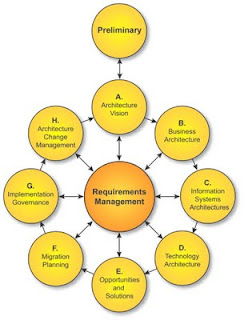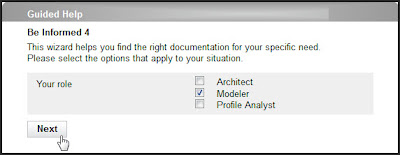Personal Branding: lessons learned from product marketing (PART 4)
In the previous entries in this series, we have talked about setting a goal, the balance between facts and future and about expressing your motives. In this post we will look into the aspect of timing.
When you work as a product marketer for an innovative product manufacturer, one of the worst things that can happen is that one of your competitors positions its product exactly in the spot where you wanted your product to be. When it comes to branding you don’t want to brand your product as an alternative for your competitor’s product, which means you have to think of a whole new messaging structure. You want to be the original.
In my work as a product marketer for a software supplier, I have always managed to avoid such a situation. Two aspects were important in this approach: our efforts were strongly goal-driven and we moved fast. Important in this approach was to keep an eye on both our competitors and our clients. On the competitor side it was important to see what they were doing, so we could anticipate on their efforts. On the client side it was important to stay close to their perception of the product, emphasizing the aspects they value and counter-effecting the aspects that left room for improvement.
In personal branding a similar approach is valuable. In personal branding you create a brand for yourself that is unique and appealing to others; your audience or target group. Creating an unique offering for yourself makes it easier to set yourself apart from others and establish a strong personal brand. Timing is in this case important as is keeping an eye on what is happening in your environment . Look at trends and immediately react if you see something that is relevant to you.
When I look at my own personal branding, establishing myself as a thought leader in contextual intelligence requires me to respond immediately to developments that are related to this domain. Apart from that it is important for me to keep spreading the word that implementing contextual intelligence will be the next step for 21th century enterprises. And although this requires careful planning (which I actually do) it is important to keep this continuous stream going, respond to questions and comments and link new innovations to this topic.
To be continued
In the next – and final – episode of this blog series on Personal Branding, we will look at how you can keep your brand intact over time.
Lesson 4: Don’t wait for tomorrow
When you work as a product marketer for an innovative product manufacturer, one of the worst things that can happen is that one of your competitors positions its product exactly in the spot where you wanted your product to be. When it comes to branding you don’t want to brand your product as an alternative for your competitor’s product, which means you have to think of a whole new messaging structure. You want to be the original.
In my work as a product marketer for a software supplier, I have always managed to avoid such a situation. Two aspects were important in this approach: our efforts were strongly goal-driven and we moved fast. Important in this approach was to keep an eye on both our competitors and our clients. On the competitor side it was important to see what they were doing, so we could anticipate on their efforts. On the client side it was important to stay close to their perception of the product, emphasizing the aspects they value and counter-effecting the aspects that left room for improvement.
In personal branding a similar approach is valuable. In personal branding you create a brand for yourself that is unique and appealing to others; your audience or target group. Creating an unique offering for yourself makes it easier to set yourself apart from others and establish a strong personal brand. Timing is in this case important as is keeping an eye on what is happening in your environment . Look at trends and immediately react if you see something that is relevant to you.
When I look at my own personal branding, establishing myself as a thought leader in contextual intelligence requires me to respond immediately to developments that are related to this domain. Apart from that it is important for me to keep spreading the word that implementing contextual intelligence will be the next step for 21th century enterprises. And although this requires careful planning (which I actually do) it is important to keep this continuous stream going, respond to questions and comments and link new innovations to this topic.
To be continued
In the next – and final – episode of this blog series on Personal Branding, we will look at how you can keep your brand intact over time.



Comments